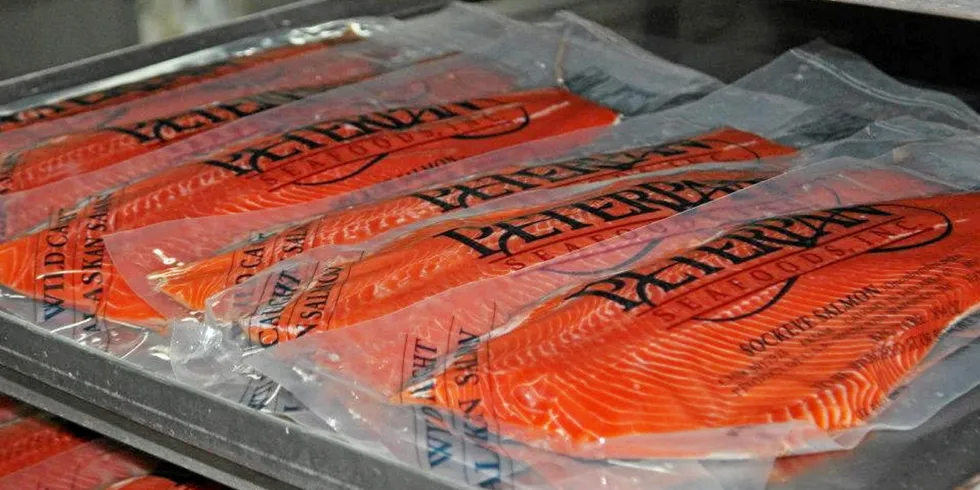After a record season, Bristol Bay sockeye salmon now has to compete in a crowded frozen market
The percentage of fish processed in Bristol Bay this year could be as much as 50% more than last year, with frozen salmon making up the majority of what is available to buyers.
